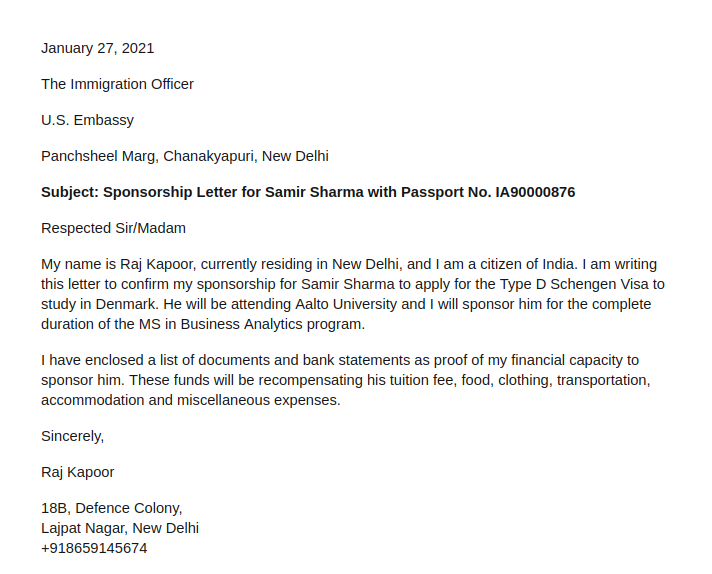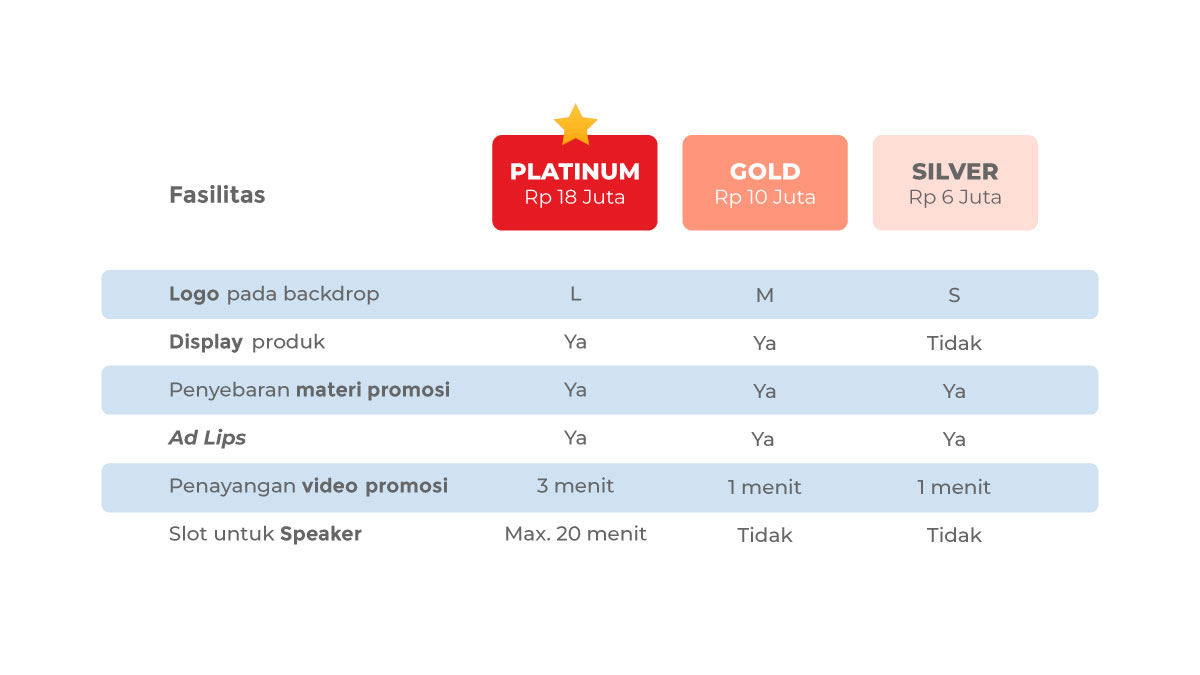Impuslesv meals sponsorship gives a fascinating street for manufacturers and shops to interact with shoppers, unlocking a global of mutually really helpful results. This strategic partnership empowers companies to faucet into the ability of impulse purchases, riding gross sales and fostering logo loyalty.
Via focused target market research, inventive marketing campaign design, and cutting edge execution, impulse meals sponsorship campaigns can yield exceptional effects. By means of figuring out the motivations and behaviors of customers, manufacturers can craft compelling content material that resonates deeply, growing an enduring affect.
Sponsorship Review
Impulse meals sponsorship is a business plan that comes to manufacturers partnering with shops to advertise their merchandise in high-traffic spaces the place shoppers are more likely to make impulse purchases. This sort of sponsorship supplies manufacturers with a novel alternative to succeed in a big target market of doable shoppers and power gross sales.
There are lots of advantages to impulse meals sponsorship for each manufacturers and shops. For manufacturers, impulse meals sponsorship can assist to:
- Building up logo consciousness
- Power gross sales
- Construct buyer loyalty
- Generate sure word-of-mouth
For outlets, impulse meals sponsorship can assist to:
- Building up foot site visitors
- Power gross sales
- Generate further income
- Construct relationships with manufacturers
There are several types of impulse meals sponsorship to be had, together with:
- Product placement
- Sampling
- Coupons
- Loyalty techniques
The kind of impulse meals sponsorship this is proper for a selected logo or store is dependent upon a lot of components, together with the emblem’s audience, the store’s buyer base, and the emblem’s advertising goals.
Goal Target market Research

Figuring out and figuring out the objective target market is the most important for the luck of any impulse meals sponsorship marketing campaign. Impulse meals purchases are ceaselessly made on a whim, pushed via components similar to starvation, cravings, or comfort. Due to this fact, it’s worthwhile to pinpoint the people possibly to be influenced via such promotions.
Figuring out and Segmenting the Goal Target market
- Demographics:Age, gender, source of revenue, location, and family measurement can all play a task in impulse meals purchases. For instance, younger adults and households with kids are ceaselessly much more likely to make impulse purchases.
- Way of life:Imagine the objective target market’s way of life, together with their day by day routines, buying groceries conduct, and media intake patterns. Busy people who are brief on time or those that incessantly store at comfort retail outlets are top objectives for impulse meals promotions.
- Psychographics:Working out the objective target market’s motivations, values, and attitudes can give treasured insights. As an example, people who prioritize comfort, indulgence, or price are much more likely to be receptive to impulse meals gives.
Developing Centered Content material
As soon as the objective target market has been recognized, you have to create content material that resonates with their pursuits and desires. This content material will have to be:
- Related:Attach the meals product or promotion to the objective target market’s way of life and aspirations.
- Enticing:Use visually interesting imagery, compelling headlines, and concise replica to seize consideration and power motion.
- Well timed:Align the content material with the objective target market’s day by day routines and buying groceries conduct. For instance, be offering breakfast promotions all over morning commutes or night snacks all over top starvation hours.
- Personalised:Tailor the content material to precise segments of the objective target market in accordance with their demographics, way of life, or psychographics.
Marketing campaign Design and Execution

An efficient impulse meals sponsorship marketing campaign comes to strategic making plans and meticulous execution. It calls for a transparent figuring out of the objective target market, a compelling marketing campaign message, and a well-defined plan for attaining and attractive shoppers.
To design and execute a a success impulse meals sponsorship marketing campaign, apply those steps:
Step 1: Outline Marketing campaign Targets
Identify transparent and measurable goals for the marketing campaign, similar to expanding logo consciousness, riding gross sales, or improving logo symbol.
Step 2: Establish Goal Target market
Decide the precise shopper team that the marketing campaign targets to succeed in. Imagine demographics, psychographics, and buying conduct.
Step 3: Expand Marketing campaign Message
Craft a concise and compelling message that resonates with the objective target market and aligns with the marketing campaign goals.
Step 4: Select Sponsorship Platform
Choose a sponsorship platform that gives get admission to to the objective target market and aligns with the marketing campaign targets. This may come with carrying occasions, concert events, or meals gala’s.
Step 5: Create Enticing Content material
Expand inventive and attractive content material that captures the eye of customers and encourages interplay.
Step 6: Observe and Measure Effects
Enforce metrics to trace the marketing campaign’s efficiency and measure its effectiveness achieve the explained goals.
Case Research and Examples
To totally snatch the effectiveness of impulse meals sponsorship campaigns, let’s delve into real-world examples that show off their affect and spotlight the standards contributing to their luck.
Those case research display the inventive and cutting edge techniques through which manufacturers have leveraged impulse meals sponsorship to reach their advertising goals.
A success Impulse Meals Sponsorship Campaigns
- Crimson Bull’s partnership with excessive sports activities occasions:By means of associating with high-energy, adrenaline-pumping occasions, Crimson Bull has effectively located itself because the calories drink of selection for adventure-seekers and thrill-enthusiasts.
- Coca-Cola’s sponsorship of film theaters:Coca-Cola’s iconic presence in film theaters has created a powerful affiliation between the emblem and the cinematic enjoy, making it the go-to beverage for moviegoers.
- Pepsi’s collaboration with tune gala’s:Pepsi’s affiliation with primary tune gala’s has allowed it to faucet into the younger, vigorous target market that attends those occasions, solidifying its symbol as a colourful and younger logo.
Key Elements Contributing to Luck
The luck of those campaigns can also be attributed to a number of key components:
- Target market alignment:Manufacturers sparsely make a selection sponsorship alternatives that resonate with their audience’s pursuits and passions.
- Ingenious activations:Sponsorships are delivered to lifestyles thru cutting edge and attractive activations that create memorable studies for shoppers.
- Measurable effects:Manufacturers monitor key metrics to evaluate the effectiveness in their sponsorship campaigns, making sure a go back on funding.
Business Traits and Long term Outlook: Impuslesv Meals Sponsorship

The impulse meals sponsorship panorama is continuously evolving, pushed via converting shopper behaviors, technological developments, and marketplace developments. Listed here are some key developments and insights into the way forward for impulse meals sponsorship:
One rising pattern is the rising approval for more healthy impulse meals choices. Customers are increasingly more looking for out more healthy snacks and beverages that align with their nutritional personal tastes and way of life possible choices. This pattern gifts alternatives for meals manufacturers to expand and marketplace impulse meals merchandise that meet those evolving shopper calls for.
Digitalization and Personalization
The digitalization of the meals trade is any other vital pattern shaping the way forward for impulse meals sponsorship. With the upward push of e-commerce, social media, and cellular applied sciences, shoppers are increasingly more interacting with meals manufacturers and merchandise on-line. This shift against virtual platforms gives new avenues for impulse meals sponsorships, enabling manufacturers to succeed in shoppers thru focused and customized advertising campaigns.
Sustainability and Transparency, Impuslesv meals sponsorship
Customers are changing into increasingly more involved in regards to the environmental and social affect in their meals possible choices. This has ended in a rising call for for sustainable and clear meals merchandise. Impulse meals sponsorships can play a task in addressing those issues via partnering with manufacturers that prioritize sustainable practices and supply clear details about their merchandise.
Information-Pushed Insights
The provision of information and analytics is reworking the best way impulse meals sponsorships are deliberate and finished. Manufacturers are leveraging knowledge to realize insights into shopper conduct, personal tastes, and buying patterns. This knowledge-driven means permits sponsors to tailor their campaigns extra successfully, optimize their messaging, and measure the affect in their sponsorships.
Experiential Advertising and marketing
Experiential advertising is changing into increasingly more essential within the impulse meals trade. Customers are looking for out immersive and attractive studies that attach them with manufacturers on a deeper degree. Impulse meals sponsorships can give those studies thru sampling occasions, in-store promotions, and interactive campaigns that create memorable and lasting impressions.
Questions Frequently Requested
What are the important thing advantages of impulse meals sponsorship?
Impulse meals sponsorship gives a large number of advantages, together with higher logo visibility, focused shopper succeed in, enhanced product trial, and measurable gross sales uplift.
How can companies determine and section their audience for impulse meals sponsorship campaigns?
By means of undertaking thorough marketplace analysis, inspecting shopper demographics, and leveraging knowledge analytics, companies can successfully determine and section their audience, making sure that their campaigns resonate with the best people.
What are some very best practices for measuring the luck of impulse meals sponsorship campaigns?
To gauge the effectiveness of impulse meals sponsorship campaigns, companies will have to monitor key metrics similar to gross sales elevate, logo consciousness, shopper engagement, and go back on funding (ROI).

